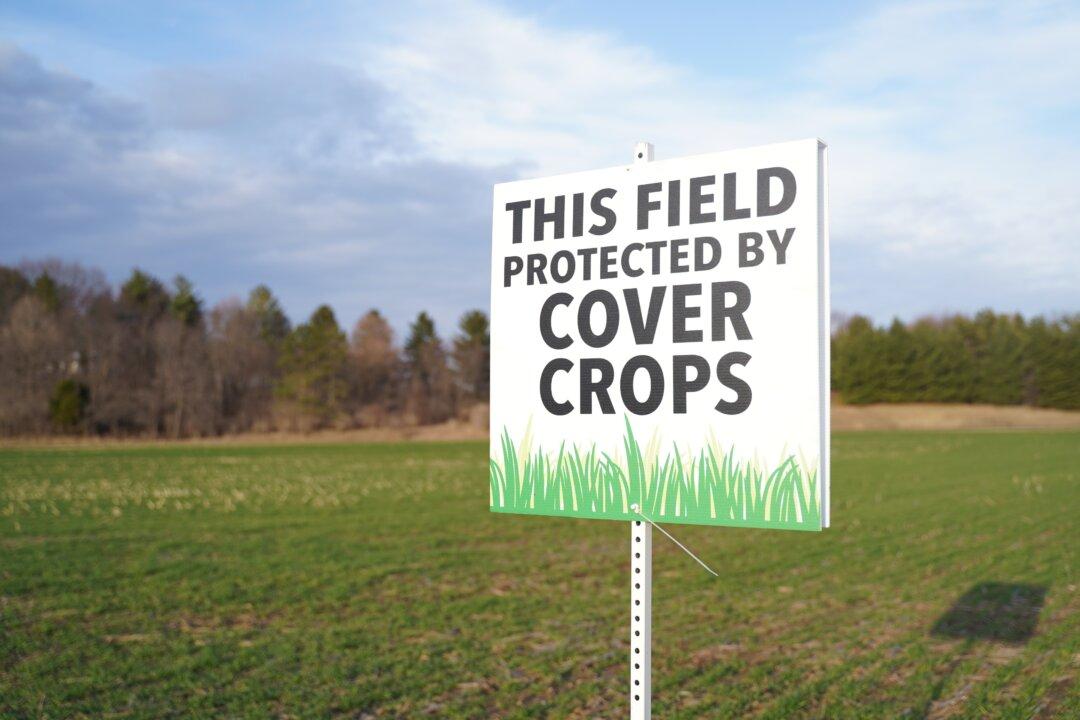In the next level of discussion on the 2023 Farm Bill on March 1, legislators underscored the importance of elective participation in federal conservation programs.
“Conservation needs and the needs of our producers are as diverse as the crops they grow and the land that they grow them on. Our programs must reflect this reality and provide the flexibility our farmers and ranchers need,” Sen. John Boozman (R-Ark.) said during the hearing.





